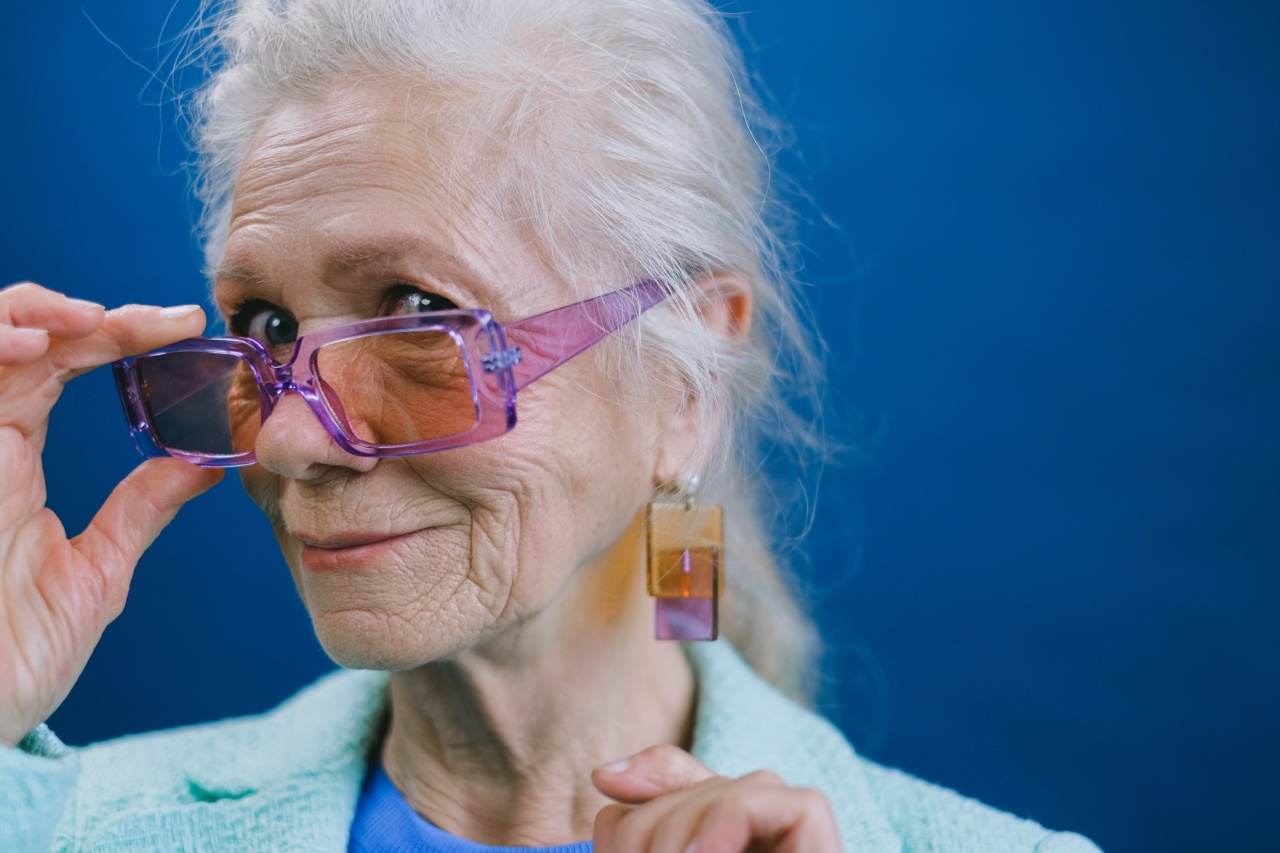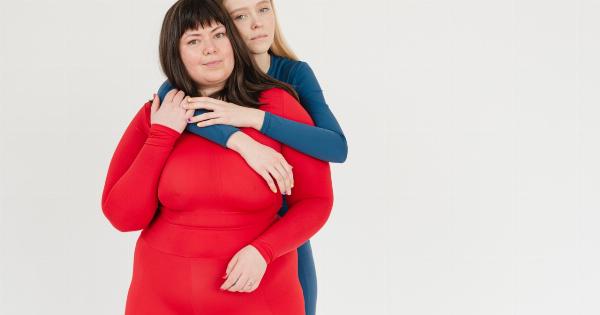Human touch is a fundamental form of communication and connection that plays a vital role in our emotional well-being. From a gentle pat on the back to a warm embrace, hugs have the power to convey love, support, and care.
However, not all hugs are created equal, and each person has their unique way of expressing themselves through physical touch. In this article, we delve into the different types of huggers and explore the connection between parenting styles and personality traits.
The tight embrace
Some individuals are known for their tight hugs that make you feel safe and protected. These huggers give it their all, squeezing you tightly as if to shield you from the world.
The tight embrace is often associated with those who have a strong sense of responsibility and nurturing tendencies.
Research suggests that individuals who give tight hugs may have grown up in a household where they received a lot of physical affection, leading them to prioritize intimate and close connections.
These huggers often have a personality that is warm, caring, and highly empathetic.
The gentle touch
On the other end of the spectrum, we have the gentle huggers who prefer a more delicate touch.
They wrap their arms around you lightly, offering a soft and comforting hug that may not pack the physical intensity of a tight embrace, but carries an equal amount of emotion. These huggers tend to be highly mindful individuals, inclined towards subtlety and sensitivity.
It is interesting to note that individuals who give gentle hugs often have parents who encouraged them to express their emotions openly and with caution.
Growing up in such an environment helps shape their personality, making them more attuned to the needs and feelings of others.
The one-arm hug
The one-arm hug is a familiar gesture often seen among friends or acquaintances. It involves draping one arm around the other person while maintaining a bit of distance.
This type of hug suggests a more casual and relaxed relationship, signaling that the huggers are comfortable in each other’s presence but may not have an extremely close bond.
People who tend to give one-arm hugs usually have a more independent personality and value personal space. They often grew up in families that respected boundaries and encouraged individuality.
While their physical touch may be less intense, their emotional support and friendship are no less significant.
The pat on the back
When it comes to hugs, some individuals prefer to keep it short and sweet. Rather than an embrace, they opt for a quick pat on the back, conveying a sense of acknowledgment and friendliness.
These huggers are often practical-minded and goal-oriented, valuing efficiency over emotional depth in their interactions.
Interestingly, individuals who give quick pats on the back often grew up in families that encouraged independence and self-sufficiency. Their parenting style focused more on fostering skills necessary for success in the outside world.
Hence, they tend to approach hugs in a manner that aligns with their pragmatic outlook.
The lingering embrace
Some huggers have a unique style that involves holding on a little longer than usual, creating a lingering embrace filled with emotion. These individuals thrive on deep connections and seek a profound understanding of others.
Their hugs communicate a desire for intimacy and a willingness to invest time and effort into relationships.
Research has found that individuals who engage in lingering embraces often come from families that emphasize the value of emotional bonds.
They are more likely to express their thoughts and feelings openly, leading to a higher level of emotional intelligence and empathy. Their parenting style prioritizes emotional well-being, resulting in children who grow up to be affectionate and expressive individuals.
The no-touch hug
Sometimes, people prefer to express their affection without any physical contact. They may stand close to the person, mimicking the body language of a hug, but without actually touching.
This type of hug is common among individuals who value personal boundaries but still want to convey warmth and care.
Individuals who give no-touch hugs often grew up in families that respected personal space and taught the importance of consent.
Their parenting style encouraged autonomy and independence, leading them to develop a unique way of expressing their affection and forming connections.
The bear hug
Have you ever been enveloped in a hug that feels like it could squeeze the life out of you? This type of embrace is often referred to as the “bear hug” – a tight and powerful hug that conveys immense strength and devotion.
Those who give bear hugs have a larger-than-life personality, exuding warmth and affection.
The bear hug is commonly seen among individuals who grew up in households that provided unconditional love and support. Their parents may have emphasized the importance of physical touch and encouraged them to express their emotions freely.
As a result, they exude confidence and radiate positive energy through their bear hugs.
The playful squeeze
Playful squeezes are those hugs that come with a playful punch or a gentle squeeze followed by a release. These huggers are known for their ability to lighten the mood and inject a sense of joy into their interactions.
Their hugs are filled with laughter and a zest for life.
Those who give playful squeezes typically come from families that had a lighthearted and fun-loving approach to parenting.
Their homes were filled with laughter and playfulness, encouraging them to develop a sense of humor and a positive outlook on life.
The hesitant touch
Not everyone is comfortable with hugging, and some individuals show hesitation when it comes to physical touch. Their hugs are characterized by a slight awkwardness, as if they are unsure of how to navigate the realm of human touch.
Despite their initial hesitance, these individuals genuinely value connections and are often loyal friends.
People who give hesitant hugs may have grown up in families that were less affectionate or shared minimal physical contact. Their parents may have focused more on other forms of communication or expressed love in different ways.
Despite this, they have the capacity for deep emotional connections and maintain strong relationships.
The spontaneous squeeze
Finally, we have the spontaneous squeezers – those who surprise you with a sudden, unexpected hug out of the blue. These huggers are impulsive and expressive, seizing the moment to show their affection. Their hugs are often bursts of love and enthusiasm.
Individuals who give spontaneous hugs tend to have grown up in families that encouraged spontaneity, creativity, and expression. Their parents may have embraced their joyful nature and empowered them to unapologetically show their emotions.
Their personality traits align with openness, enthusiasm, and a zest for life.
Conclusion
Your preferred style of hugging can reflect not only your personality but also the values and experiences you were exposed to while growing up.
Understanding these different types of huggers and the link between parenting and personality can deepen our connection with others and help us foster more meaningful relationships.






























